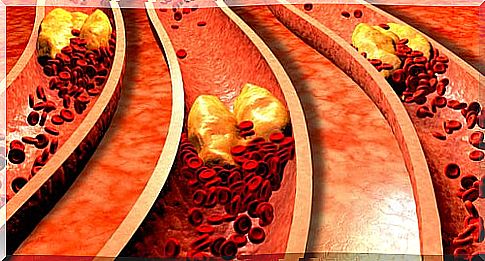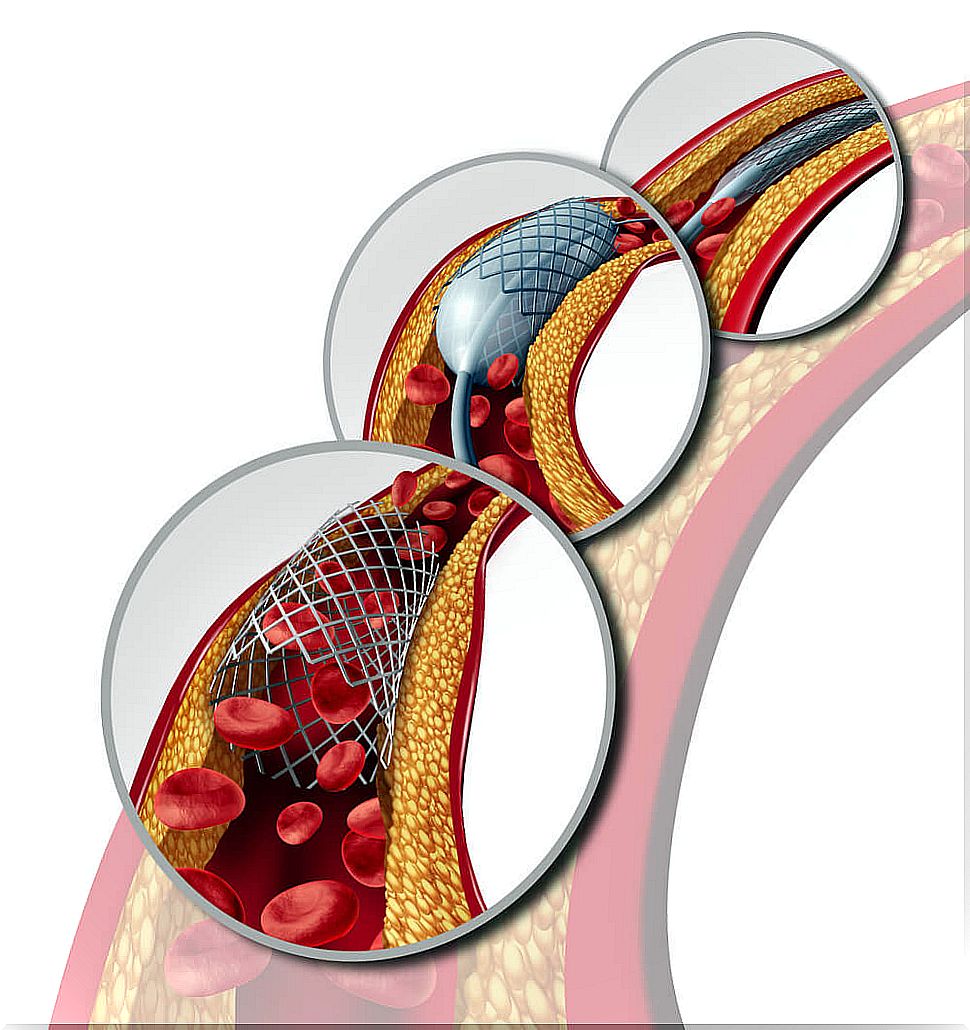What Is A Stent And What Is It For?
The stent is a device that has revolutionized cardiac medicine, notably improving the treatment and resolution of some pathologies. For example, it is one of the main options for a coronary artery obstruction.
A stent is a small tube that is placed into a blood vessel, such as an artery or vein. It is a self-expanding tube, so when placing it, what is intended is to dilate that vessel that was obstructed or narrowed for some reason.
The goal is to return the vessel to its normal state so that it allows the blood to pass through properly. Thus, in the case of an obstruction of the coronary arteries, which are those that supply the heart, the placement of a stent allows the supply that the heart needs to beat to be maintained.
Stents were first used in the 1970s. Research continues to this day to improve their effectiveness and reduce complications. In this article we explain everything you need to know about a stent.
What is a stent?
As we have already mentioned, a stent is a small tube that is placed in a blood vessel that is blocked or narrowed. Once in place, this device expands, dilating that artery or vein, and allowing blood flow to flow normally.

The stent is placed through a surgical procedure called angioplasty. It is a procedure that is done by catheterization; that is, a narrow and elongated tube called a catheter is introduced that carries the stent at its end.
The catheter is generally inserted through the femoral artery. In this way, it is introduced at the level of the thigh and, by driving the catheter through the vessels, the area where the stent needs to be placed is reached. Its most common use is in the coronary arteries.
However, a stent can be used in many other pathologies apart from coronary disease. For example, it can be used to dilate other ducts, such as the ureters. It is also useful in pathologies such as aneurysms or in narrowing of other arteries, such as the kidney.
What types of stents are there?
As the years have passed, the advances in this field have been remarkable. The first stent that was used, and which today is called a conventional stent, was made of metal. Typically, stainless steel or chrome was used.
The conventional stent is quite effective, as well as being the cheapest of all types. The problem with this type of stent was that the vessel where it had been placed could become obstructed again.
In this way , drug-eluting stents emerged, which consist of the placement, on the stent material itself, of a drug that prevents the vessel from being obstructed again. It is more expensive than the previous one, but reduces the need to take medication after the intervention.
Finally, we find the bioabsorbable stents. They are like drugs, with the improvement that the material with which they are made can be reabsorbed. That is, our body is capable of degrading it and making it disappear.

What must be considered?
It is important to know that, although the stent is a great advance in cardiology, it also has its risks and complications. It is usually placed to resolve the obstruction of the coronary arteries, which is closely related to atherosclerosis.
Atherosclerosis is a disease in which fat accumulations are deposited inside the arteries. Studies link this pathology with high levels of cholesterol, hypertension and smoking.
Therefore, it is essential that we know that the stent does not cure the disease. It is a point solution to reduce a specific obstruction. However, what we must do is prevent further obstructions in other blood vessels.
In addition, after the intervention, medical treatment is usually imposed that prevents thrombi or clots from occurring in the area where the stent is placed. Either way, it is the doctor who must choose the most effective treatment in each case.









